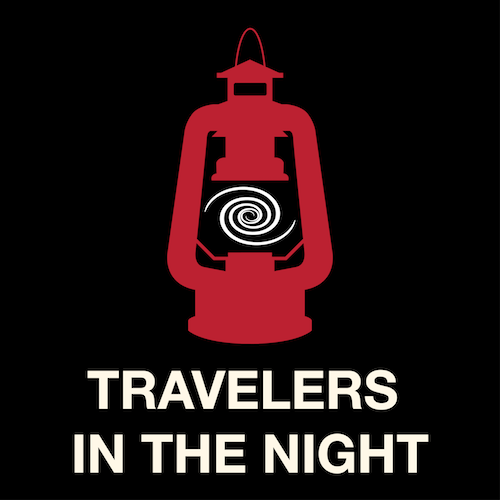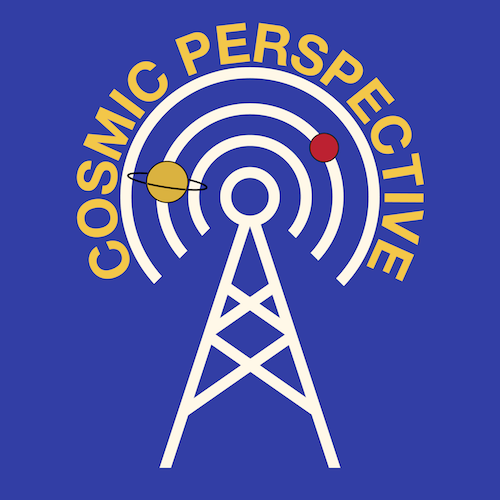Today’s Episode

Nov 12th: Meet TrES-2b (aka Kepler-1b): The Planet That Reflects Almost No Light
This planet was discovered by Trans-Atlantic Exoplanet Survey & became the first planet observed by the Kepler with designation Kepler-1b.
Subscribe & Follow
Project Director: Avivah Yamani
Audio Engineer: Richard Drumm
Executive Producer: Pamela L. Gay
Learn more about us on our
Credits and Sponsors page.
We are a community podcast,
bringing you the voices of astronomy & astronomy lovers,
everyday of the year.
More Recent Episodes
May 16th: Is the Sun… Normal?
We’ve always assumed that we lived in a perfectly normal star system with a normal star and normal planets. It’s all… normal. But with our modern understanding of billions of stars, just how normal is our Sun, anyway?
May 15th: Two Odd Fellows & WISE Alive
Today Travelers in the Night discuss about 2015 SY and potentially hazardous asteroid named 2015 RR150.
May 14th: NOIRLab’s Scholar Astronomy Program
The Solar System, the Moon and its features, the stars, the constellations, the properties of light, and the preservation of dark skies will be some of the topics featured in the Scholar Astronomy Program, part of NOIRLab’s Star Educators program
May 13th: Small But Powerful Micronovae
Astronomers recently observe small yet powerful stellar explosion known as Microvoa. So what is micronova and how it happen? And also, Perseverance lost contact with Ingenuity.
May 12th: Jim Clash on Impact of Apollo 11 & Future of Space Tourism
Adventure Journalist Jim Clash discusses how the Apollo 11 Moon landing influenced him & the general public, Joe Kittenger’s contribution to the Aeronautics & the Space Program, the history & future of Space Tourism, & some of his other Adventure Journalist experiences
May 11th: Newly Found ‘Black Widow’ Binary Has Third Companion
The flash of a pulsar about 3,000 light-years from our solar system was caused by a ‘black widow’ binary consuming a smaller star. Intriguingly, a third companion star is orbiting the pair, which may have originated near the Milky Way’s center.







